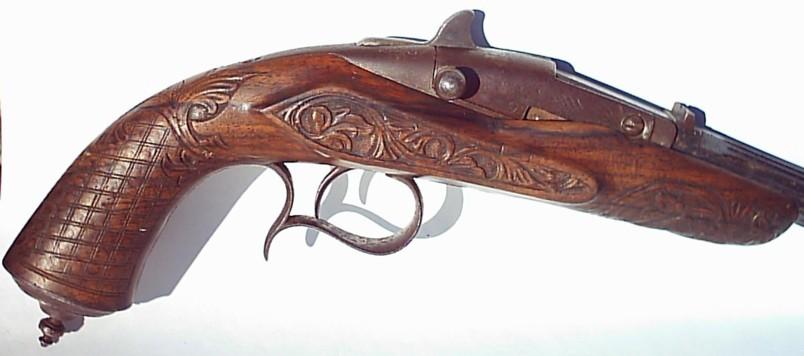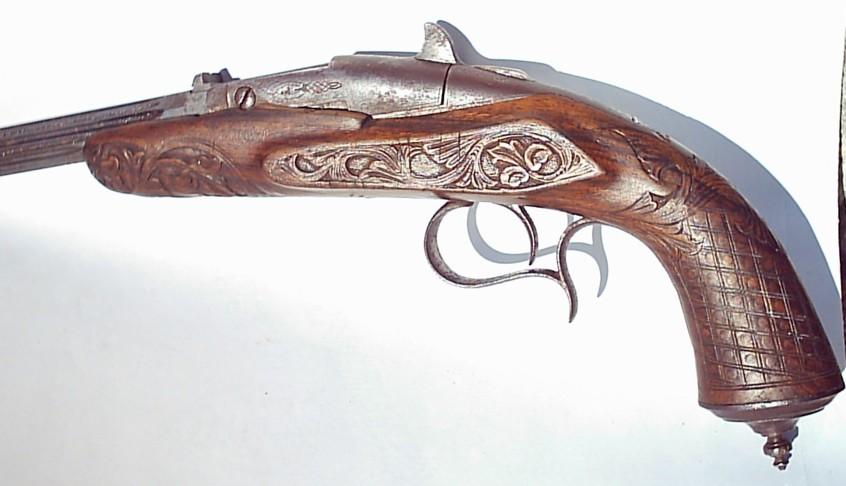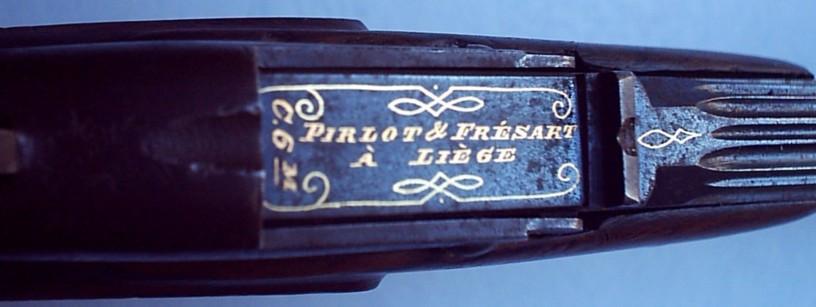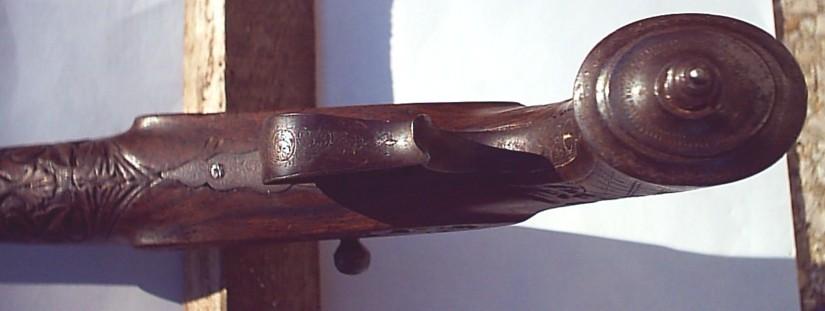Some of the most beautiful work of this craftsman, and many others, are in this book “Liège Gunmakers through their Work. 1800 - 1950”.
For more detail see: LIEGE GUNMAKERS
Pirlot & Frésart
It is about a shotgun to central percussion. The unrifled bores of gauge 12 are smooth and juxtaposed. Double closing with bolt is actuated by the lever between the hammers. Locks are known as “ahead”. They are decorated with animalist reasons and arabesques. The double trigger is protected by an oval trigger guard. The wood front is of type “with pump”. The butt of walnut (French?) is of standard “pistol”.
The weapon carries the lawful punches of the proofhouse of Liege, that is to say:
ELG* in a crowned oval: final acceptance, 1893/1968.
AB* - S* - double P reversed: countermarks from the controllers, 1877/1968.
Peron: inspection, of use of 1853 to our days.
EL in English letters: provisional test, of use of 1852 to our days.
12C in a vertical rhombus: gauge, of use of 1898 to 1924.
PV surmounted of a stylized lion: test with the smoke-free powder, of use of 1898 to 1968.
D= 70%/20.7: length of the room in mm and diameter in mm after optional test with the smoke-free powder. In use of 1892 to 1924.
Choke 17.6/18.3: chokes barrels, gauged in mm to 22 cm of the breech and the mouth. In use of 1910 to 1924.
P1K562, 1: weight of the barrrel which can draw from the smoke-free powders (smooth weapons) Of use of 1892 to 1924.
The other marks mean:
ACN in a
circle:
mark of the manufacturer of guns of rifles
Neuprez
in Liege.
Figures 2642 - 1679 - 52: classification of the weapon.
Pirlot &
Fresard Liège:
mark of the manufacturer of Liège of the weapon which was installed in Liege,
street Saint Gilles, 95.
GG
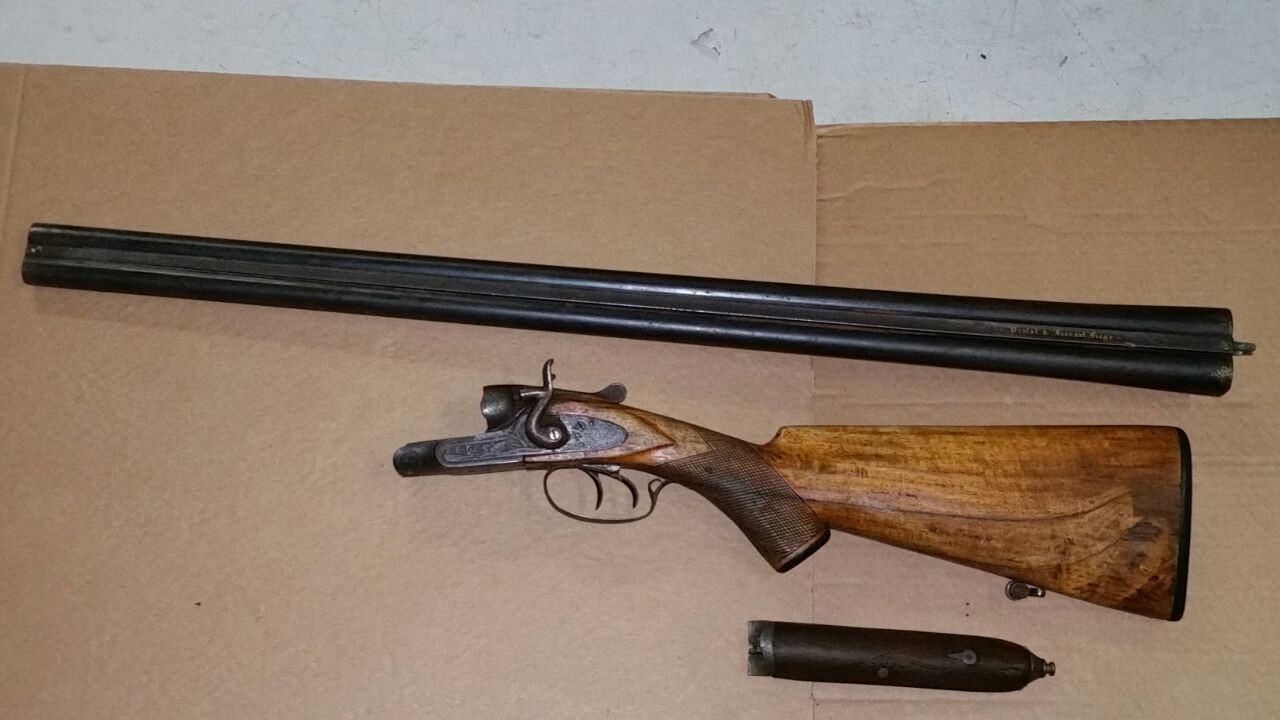
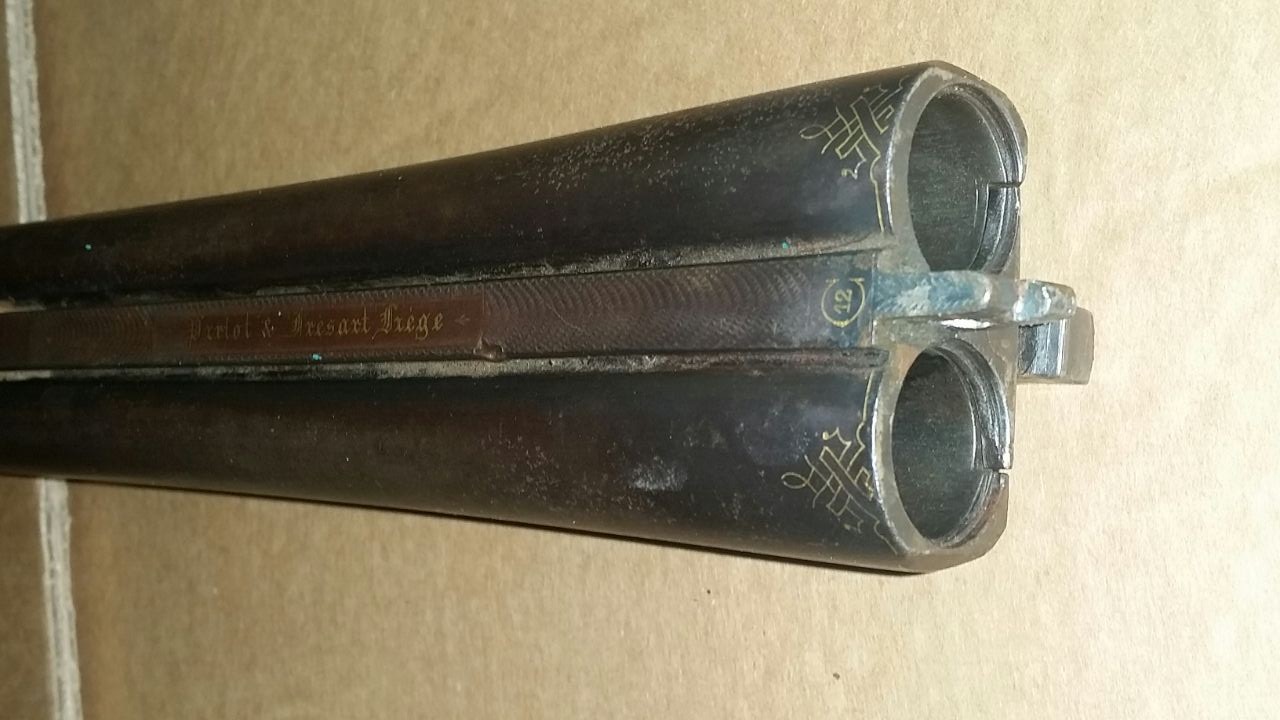
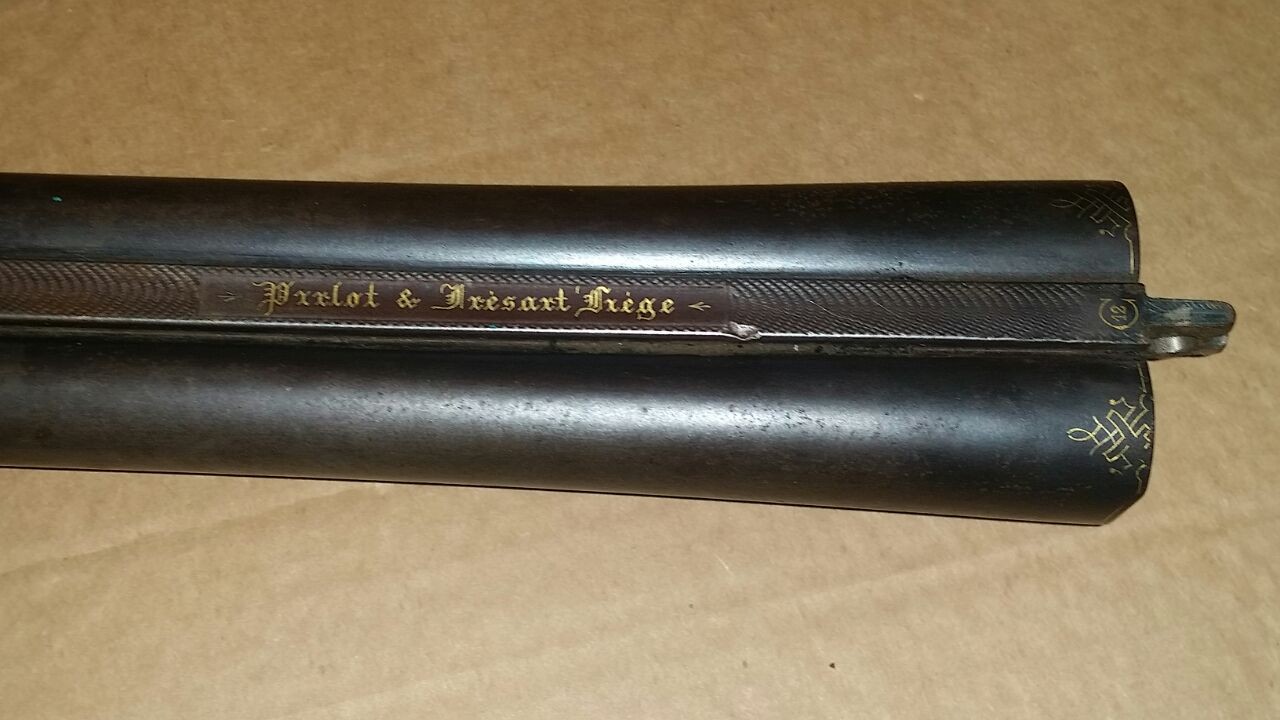
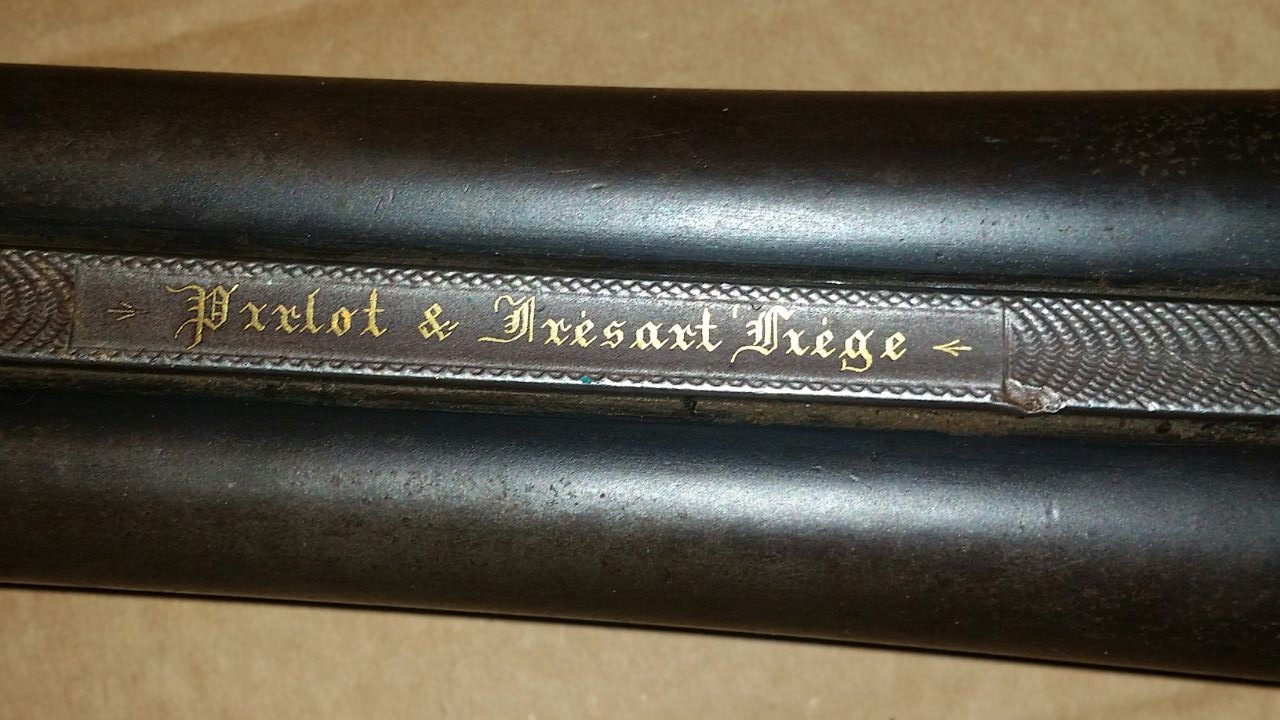
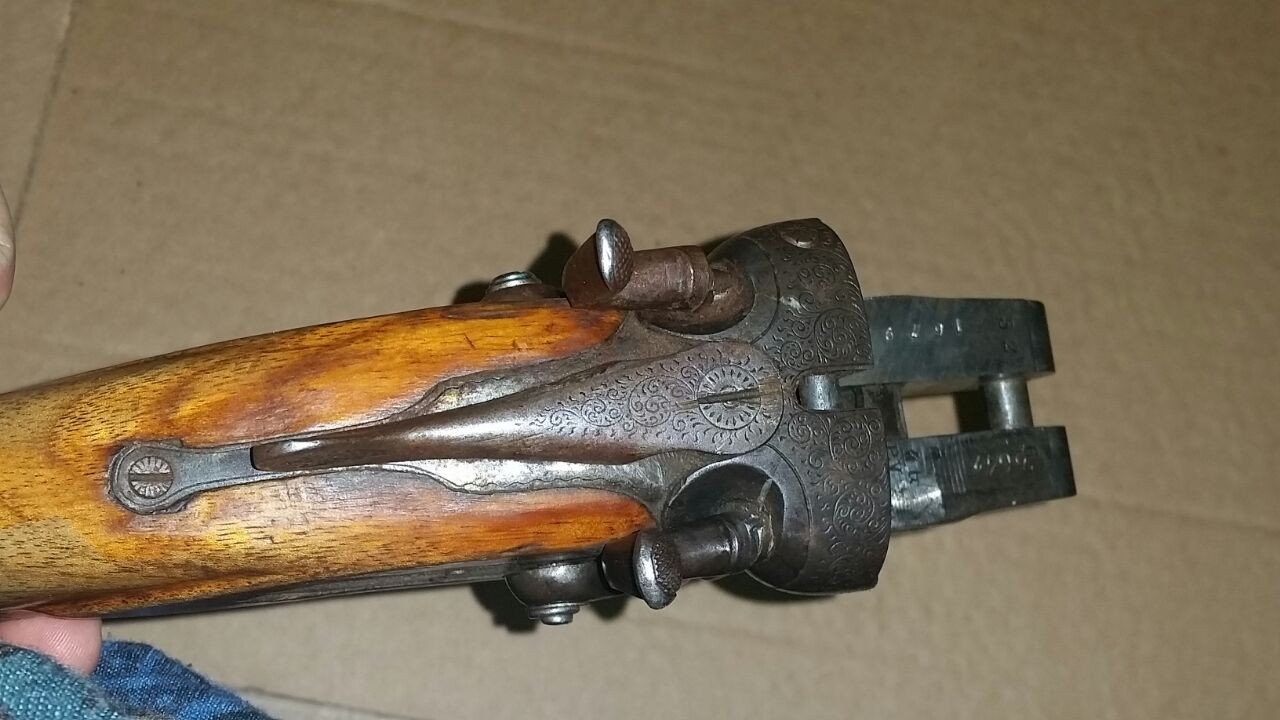
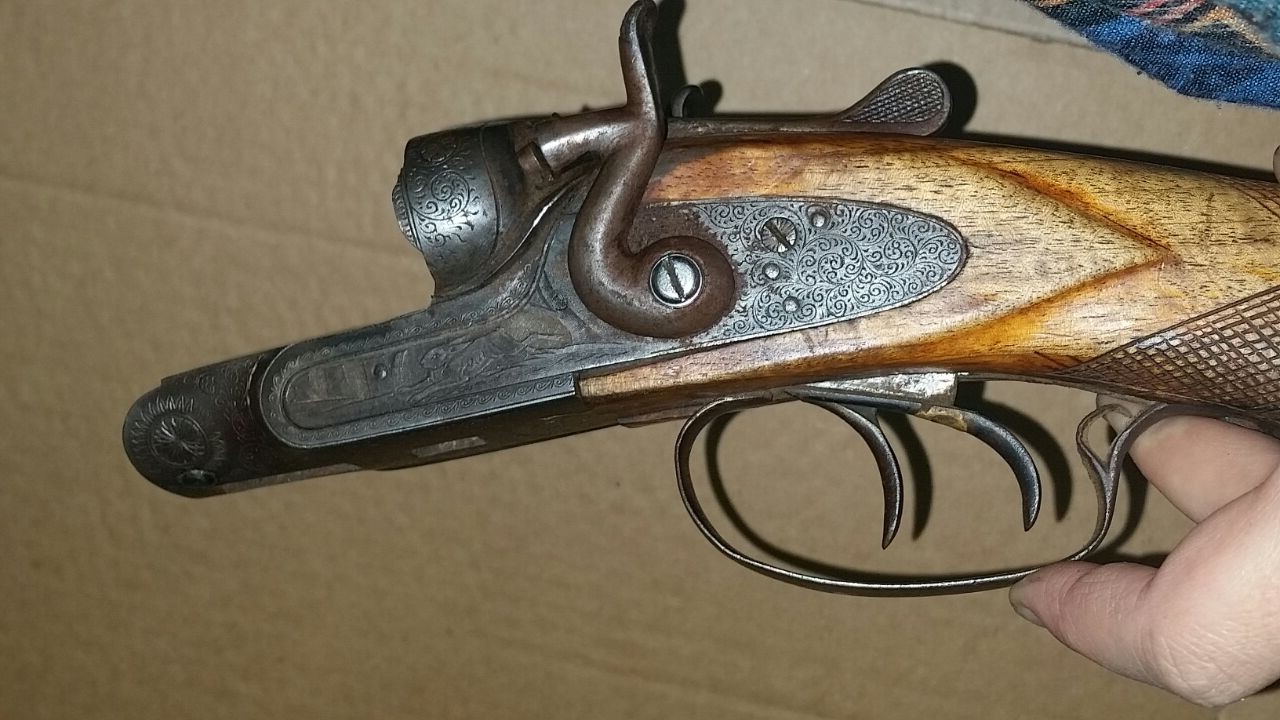
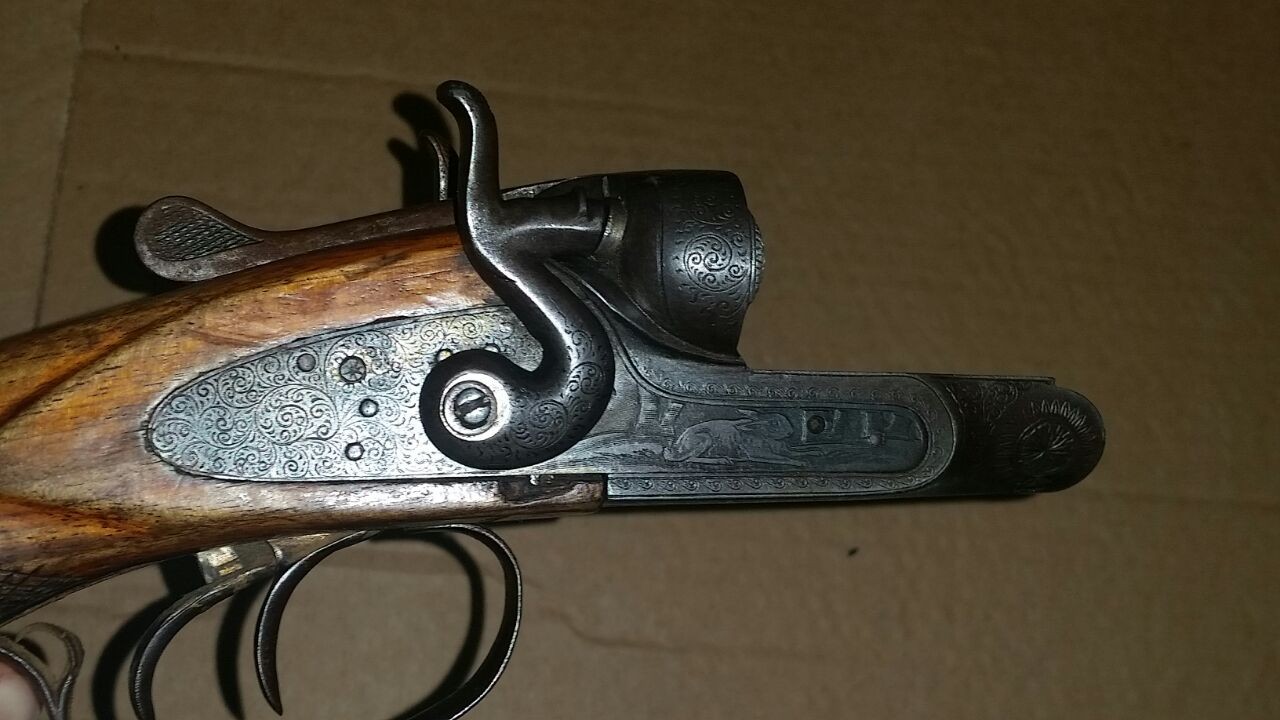
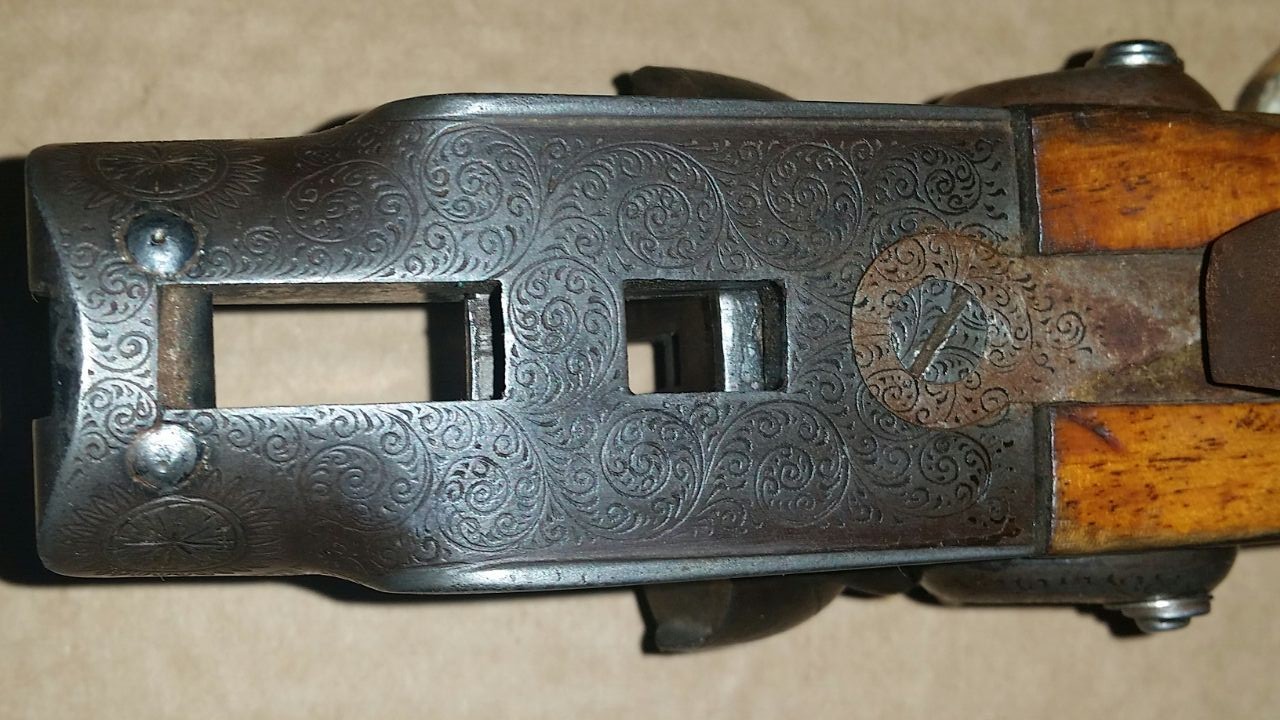
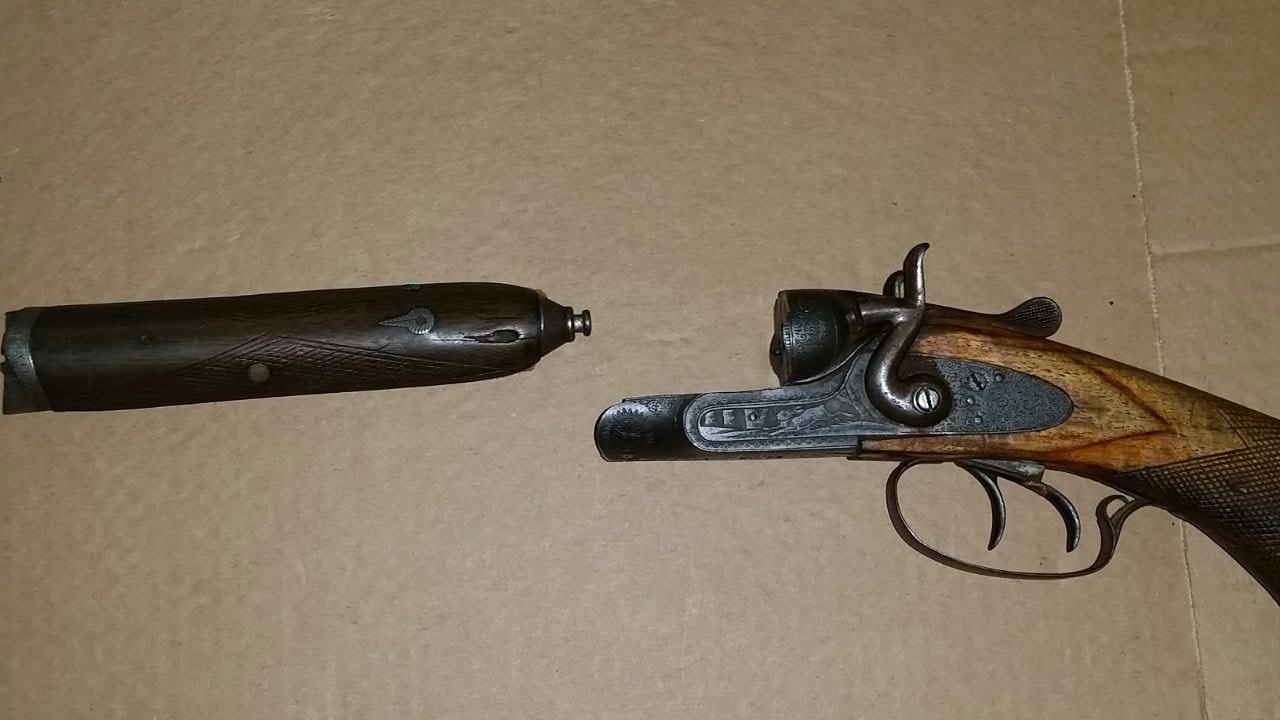
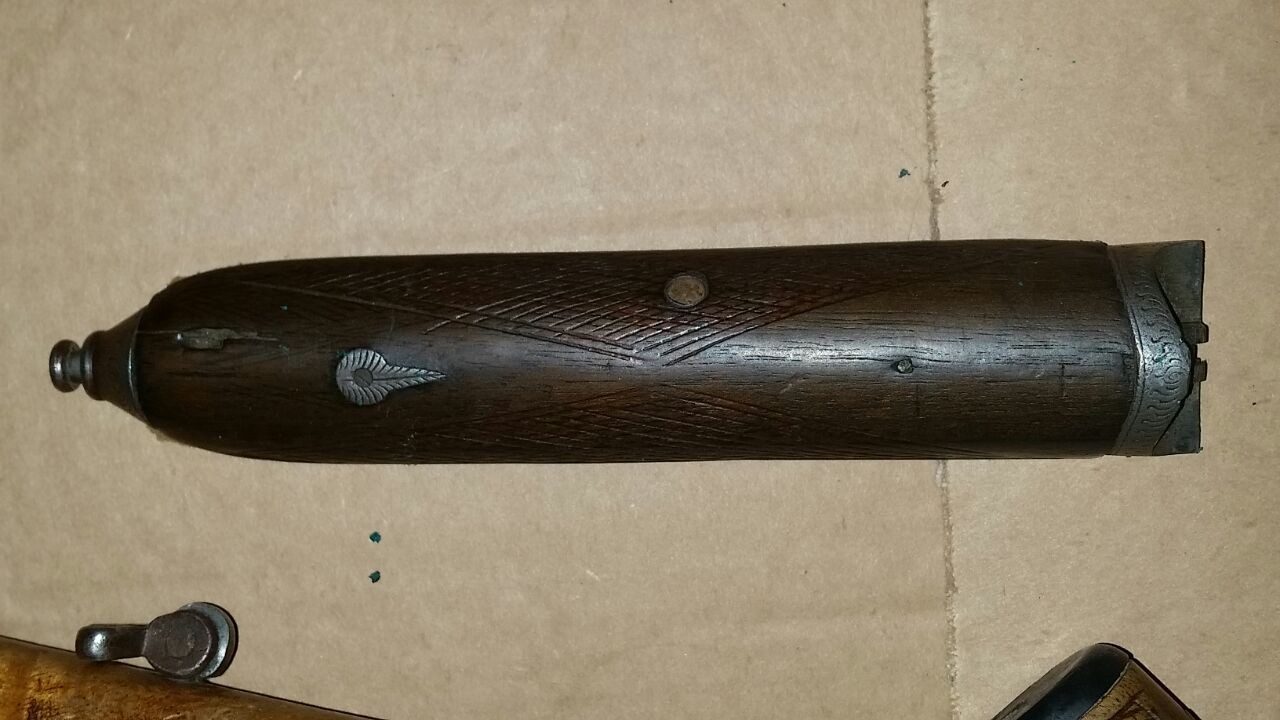
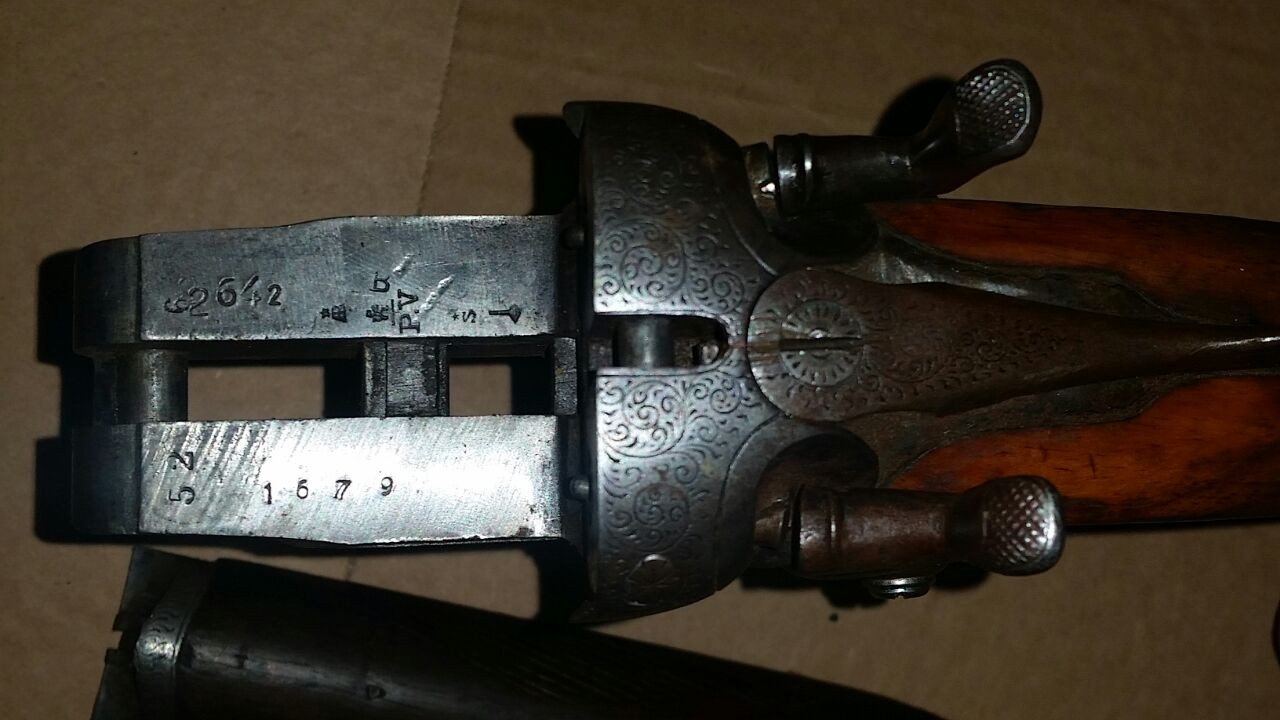
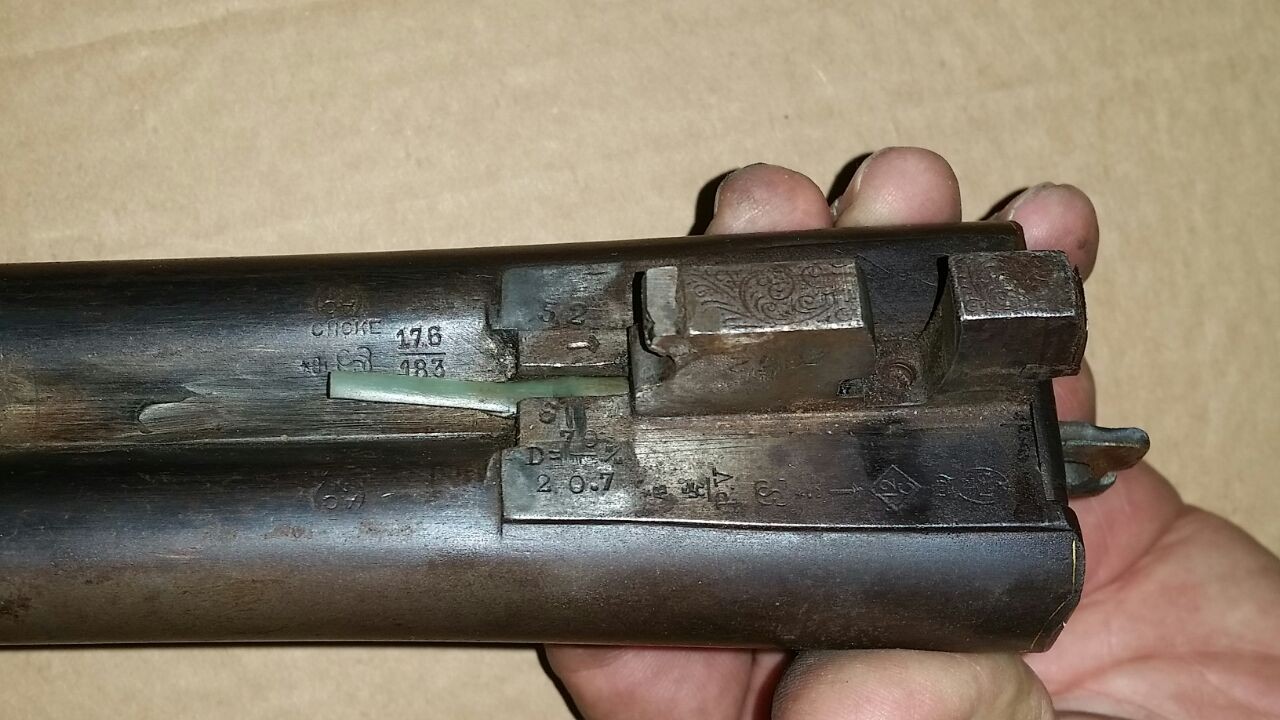
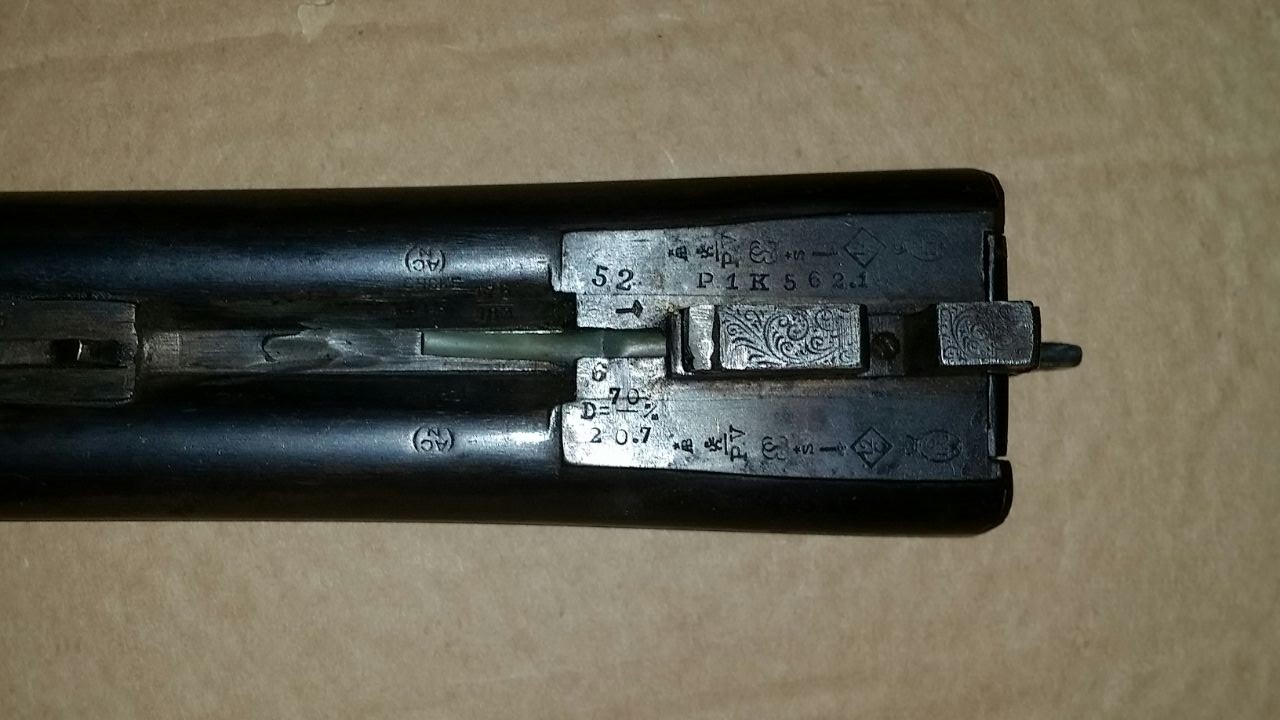
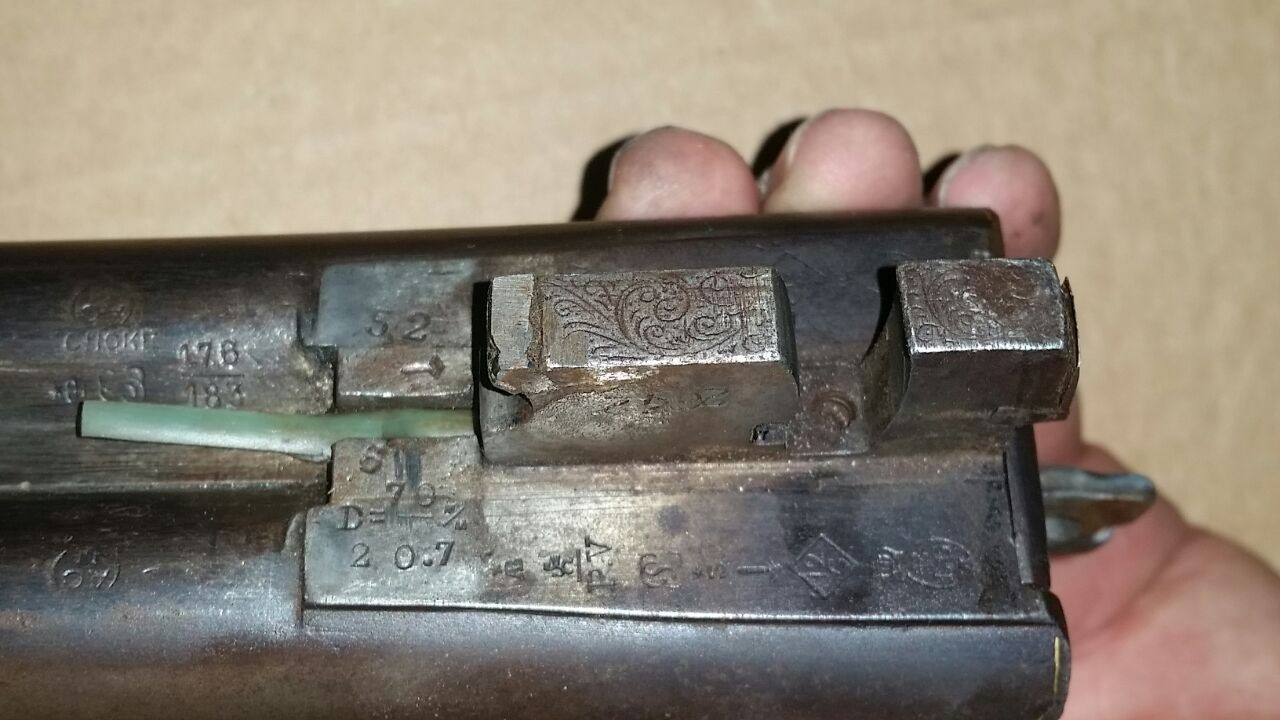
Pirlot & Frésart
This is a six-shot revolver, "12mm" caliber. (Probably a . 450) marked Pirlot and Frésart Breveté. It must date between 1879 and 1890. It is equipped with a pedal on the left to open (break) the revolver, allowing the collective extractor to eject the casings. This pedal is of course reminiscent of the Counet system.
Markings
:
ELG on
star in oval: acceptance between 1846 and 1893
N under
star: countermark of a controller between 1877 and 1968.
Pirlot
and Frésart Breveté: refers to the association between Pirlot Frères and Frésart
which lasted between 1879 and 1890.
We know
the name Pirlot as early as the end of the 18th century with C. J. Pirlot,
active in Liege around 1789. Then there is an
Eugène Pirlot between 1820 and 1850. We also find Pirlot Frères (Eugène and
Gustave) between 1830 and 1879, who devoted himself to the arms of war from
1830.
With a
certain success since we know that in 1856, this "Society for the Weapons of
War" tested no less than 40,335 barrels.
In spite
of our research, we did not find, among the patents registered by Pirlot &
Frésart in our possession, the one that could correspond to this weapon.
GP with the help of HPH
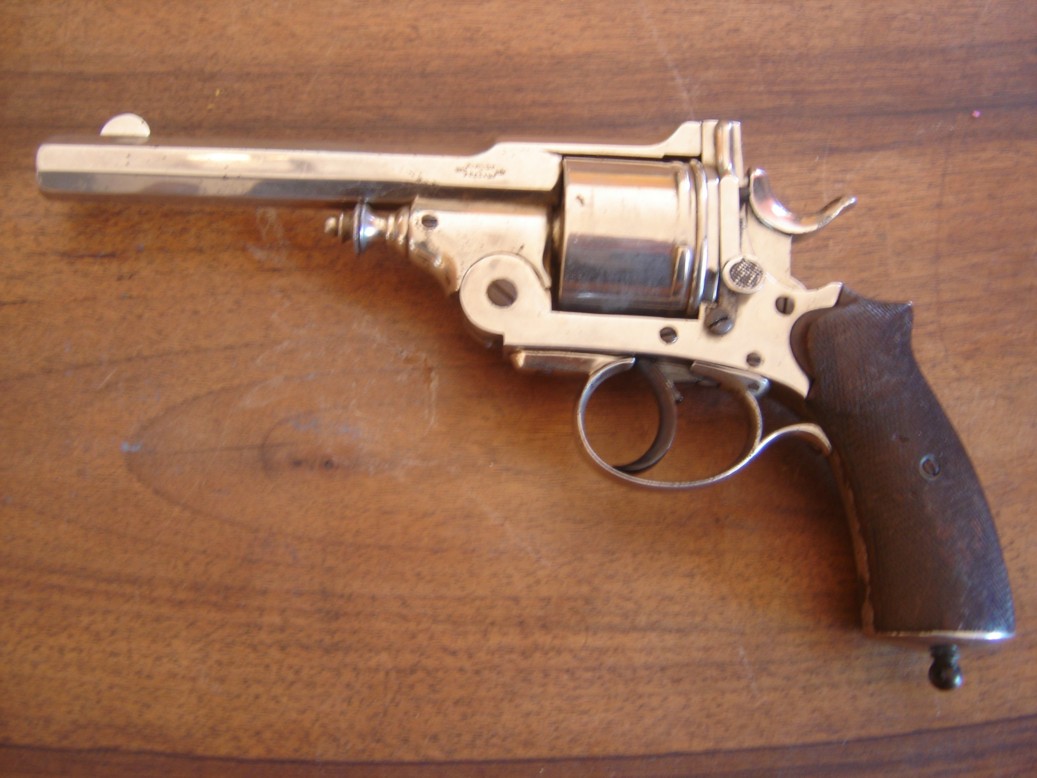
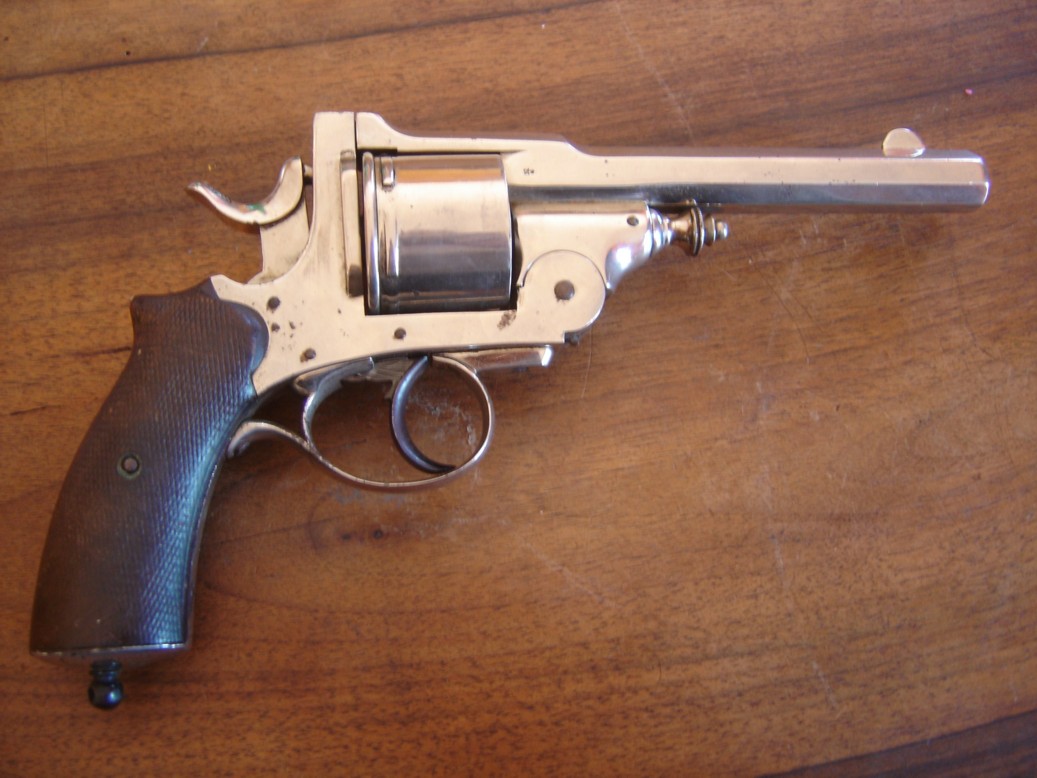
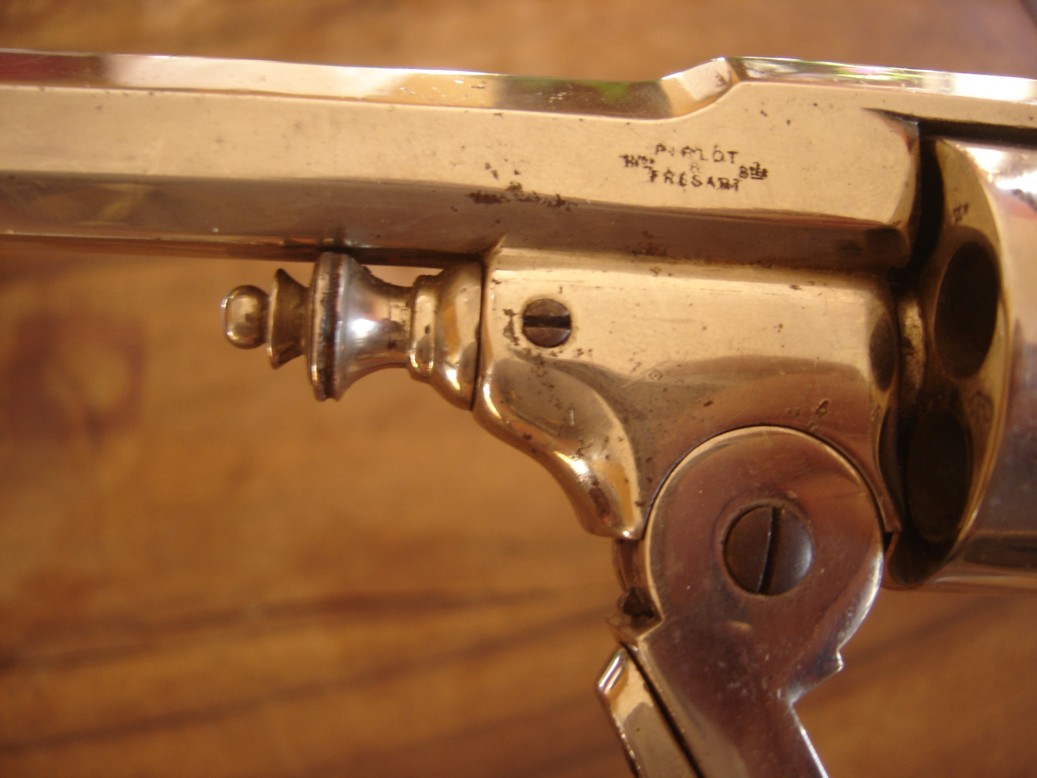
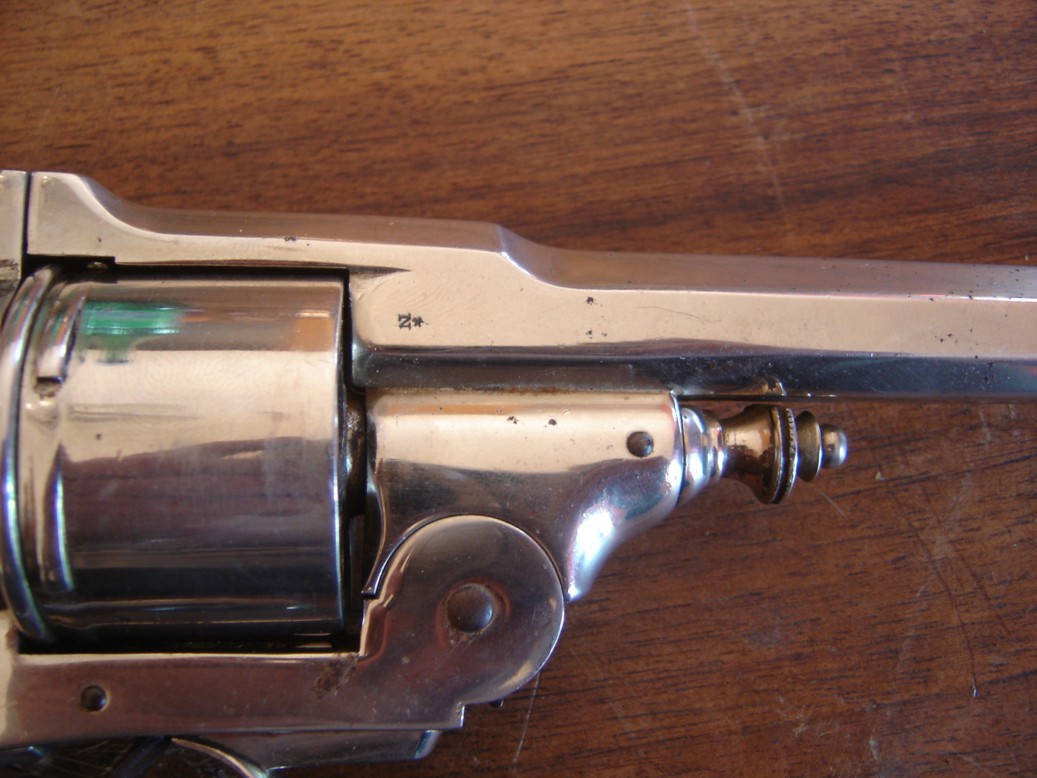
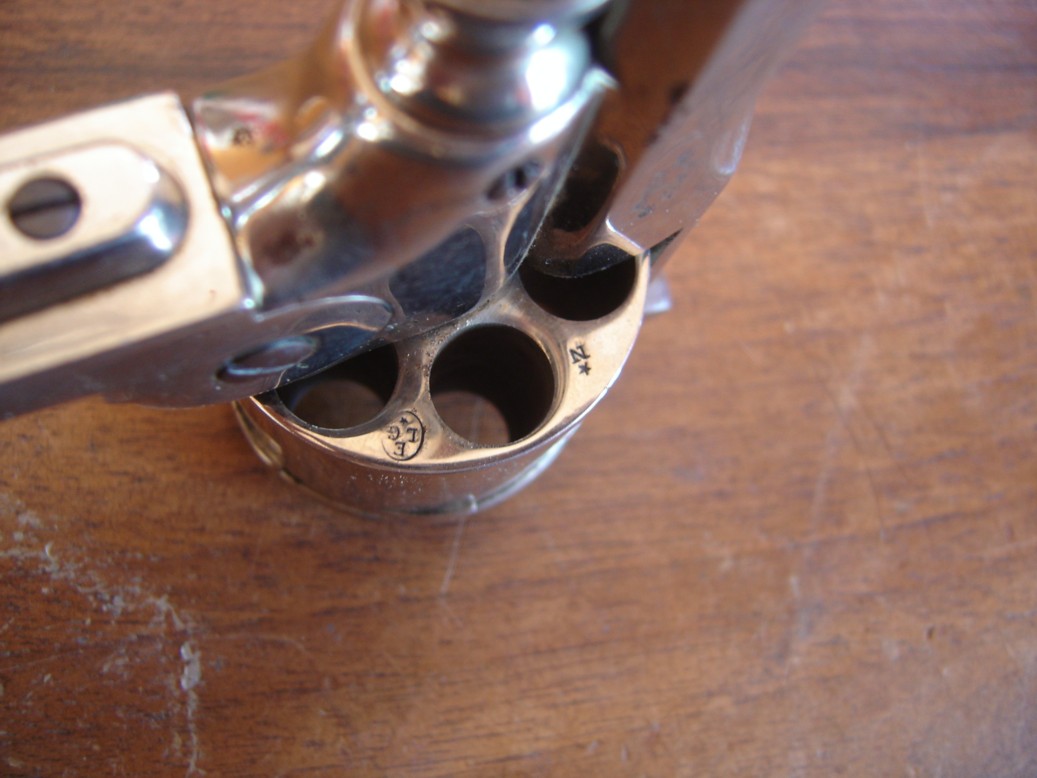
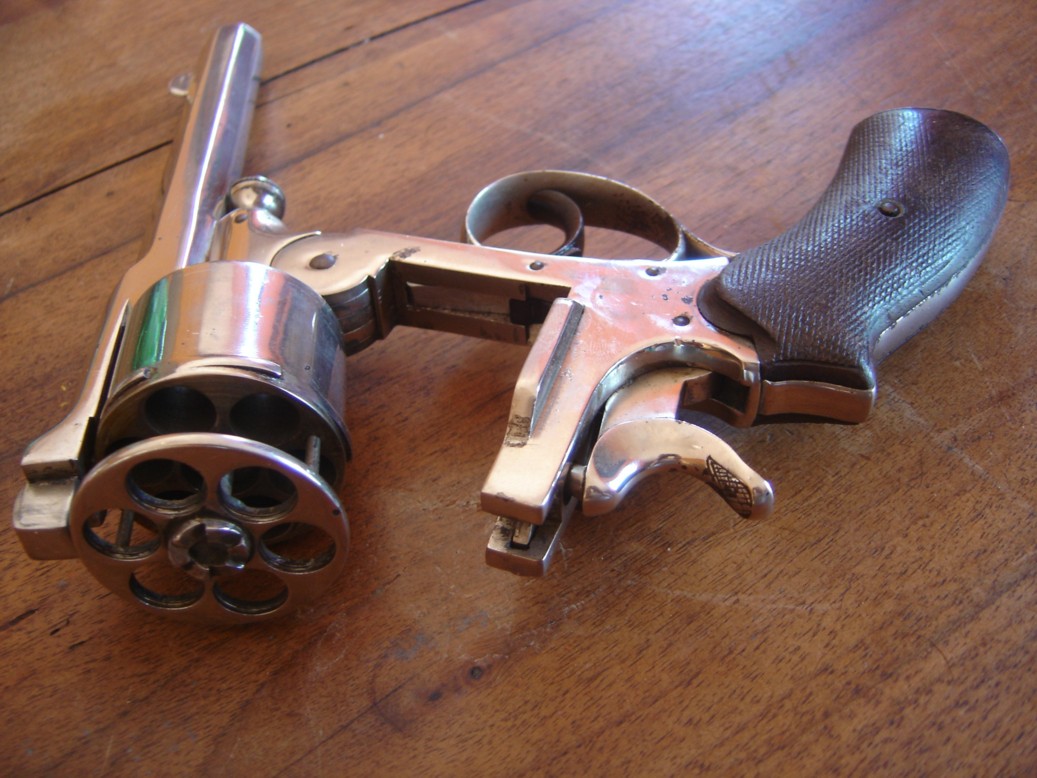
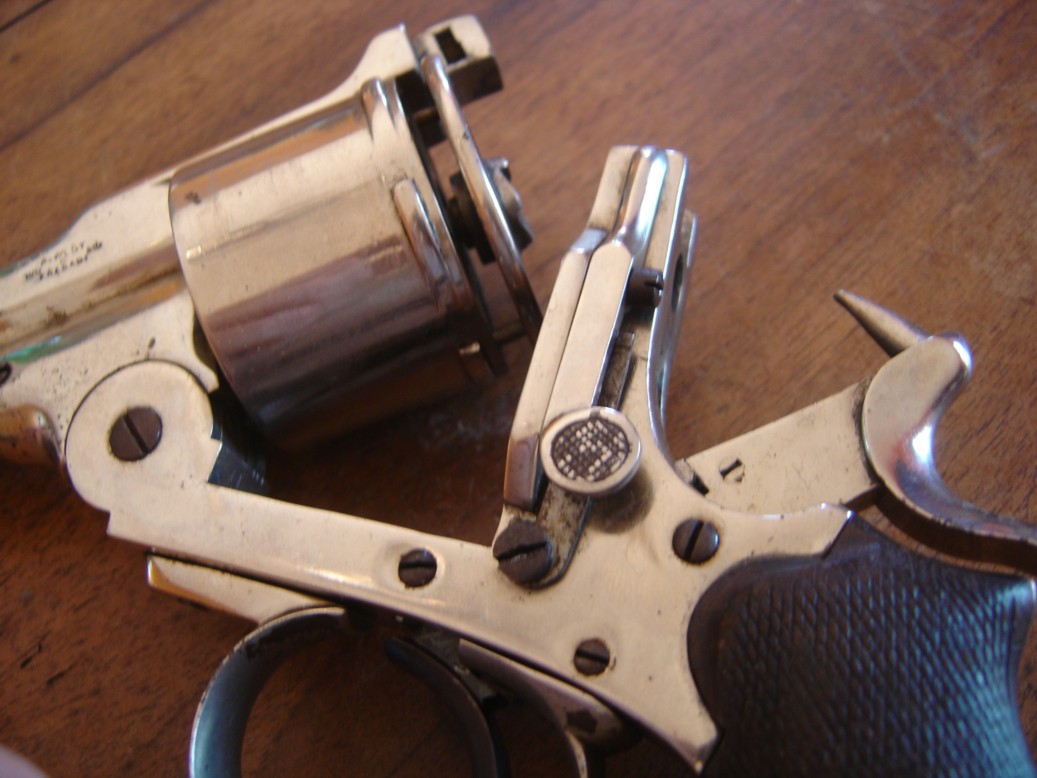
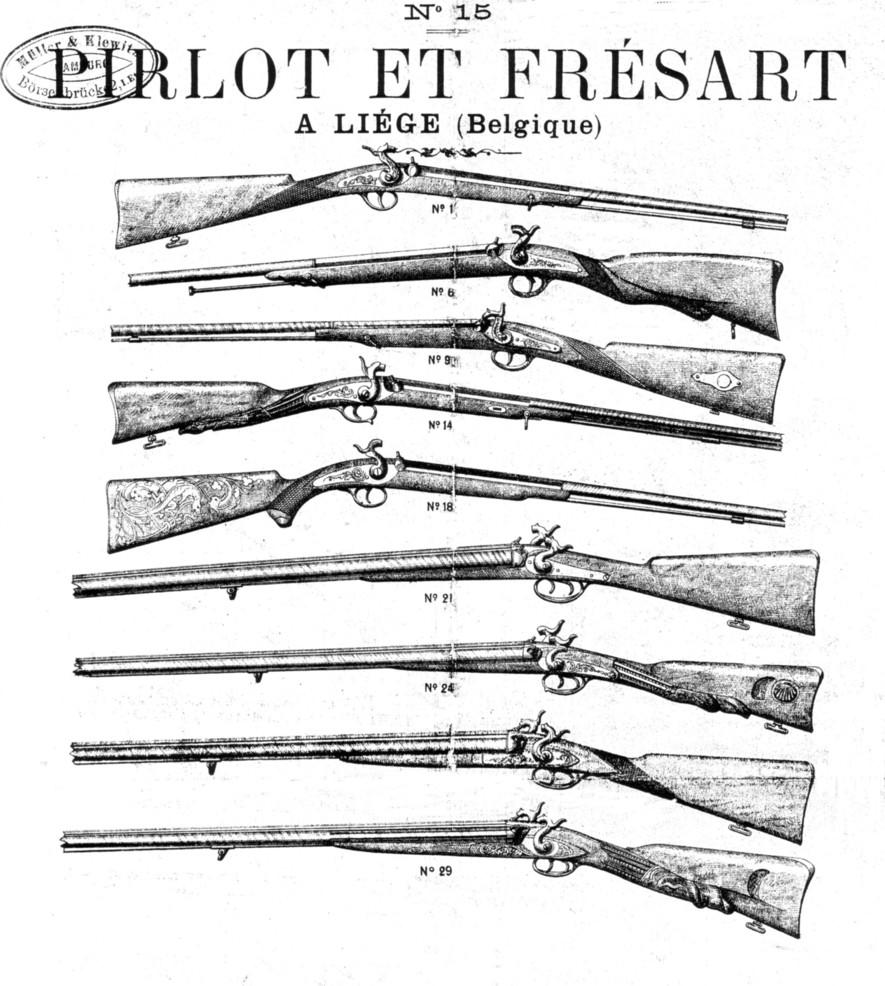
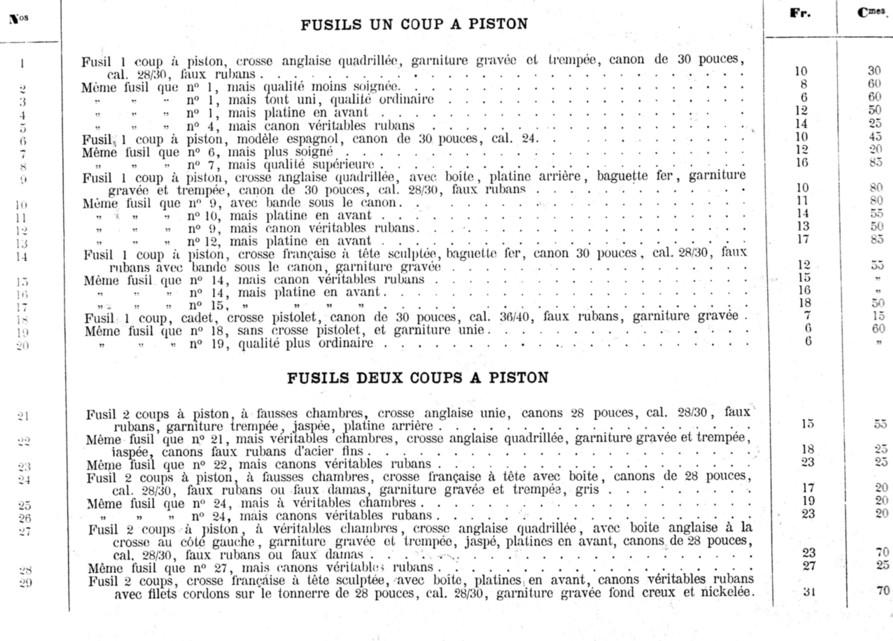
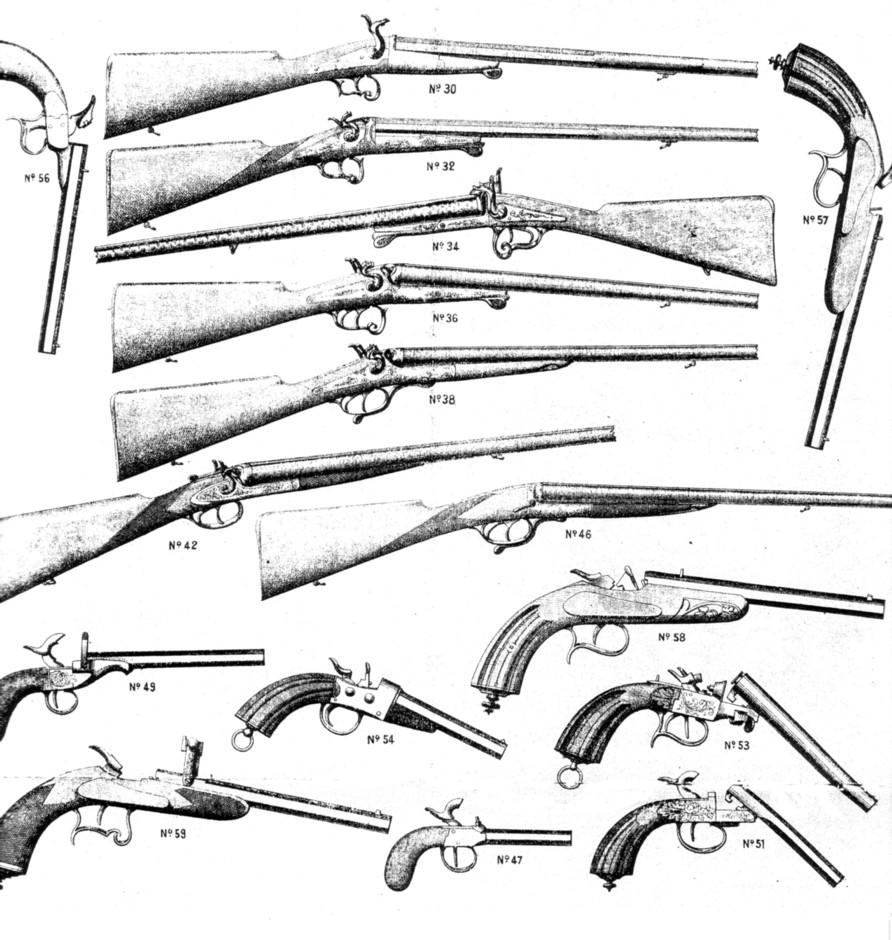
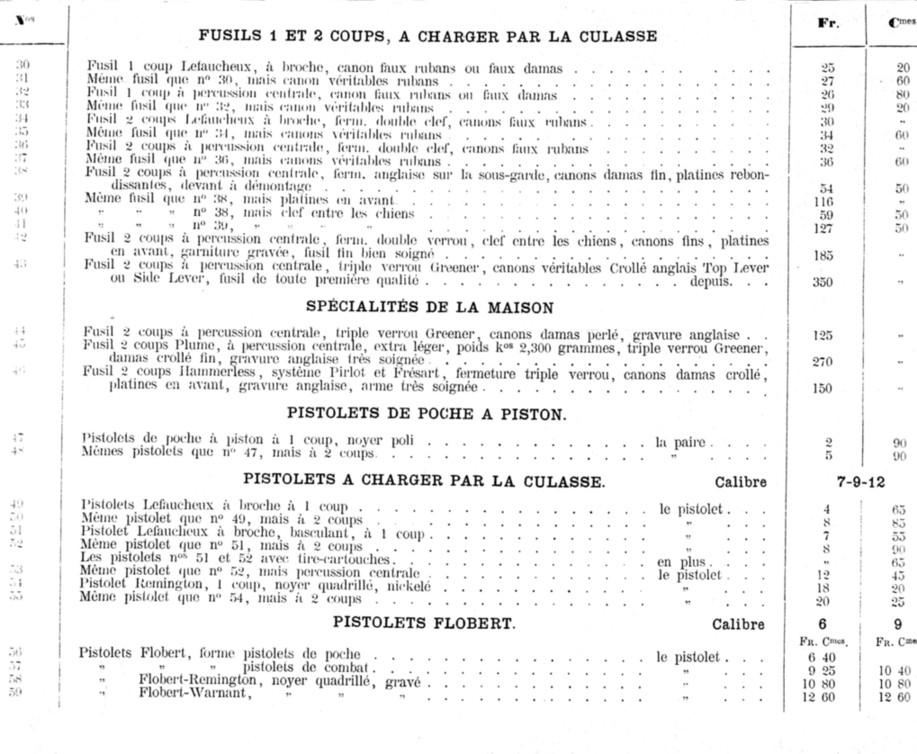
Pirlot & Frésart
This is a beautiful gold engraved PIRLOT & FRESART, LIEGE, BELGIUM velodog gun. The gun was initially intended to protect velocipedists (cyclist) from dogs; witch was much more of a problem at the end of the nineteenth century. Eventually however the guns became classed as self defence weapons. Most velodog guns have enclosed hammers and folding trigger was customary. The principal feature distinguishing velodogs from types of pocket revolver was the elongated cylinder chambered for the slender 5,5mm centre fire cartridge.
These guns have "mother of pearl" grip.
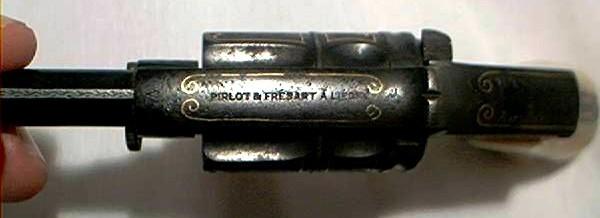
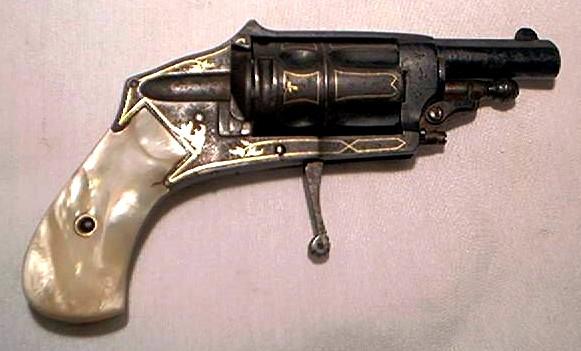
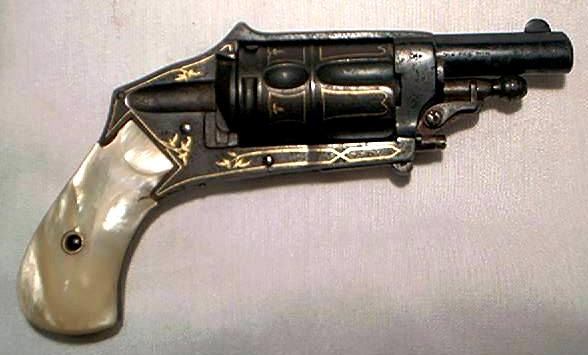
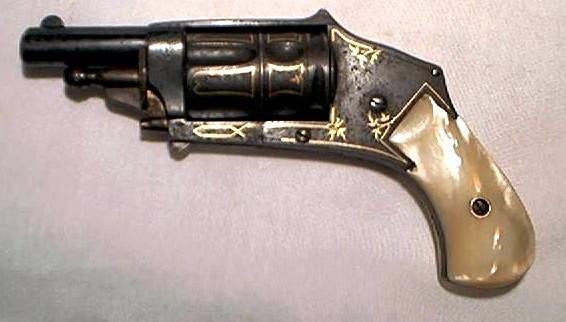
Pirlot & Frésart
